東京大学 大学院新領域創成科学研究科 複雑理工学専攻
吉川研究室 修士課程1年
E-mail:wu-chongming642@g.ecc.u-tokyo.ac.jp
居室:新領域基盤棟4E5号室(柏キャンパス)
Research topics:
Compute the spectra of diverse PAHs, compare them with the Interstellar extinction curve, and anticipate discerning specific features indicative of the UV bump around 217.5nm to elucidate the potential carrier.
Object of calculation:
Primarily concentrate on coronene and its derivatives.
Research Overview:
1. Using TDDFT (Time-Depend Density function theory) to calculate spectrum of PAH molecules.
2. Alter the charge state or dehydrogenation status of PAH molecules, perform calculations on their UV absorption spectra, and observe variations in the resulting spectra.
3. Conduct spectral computations and subsequently compare them with the Interstellar extinction curve.

Fig: https://www.jpl.nasa.gov/images/pia05732-nursery-of-giants
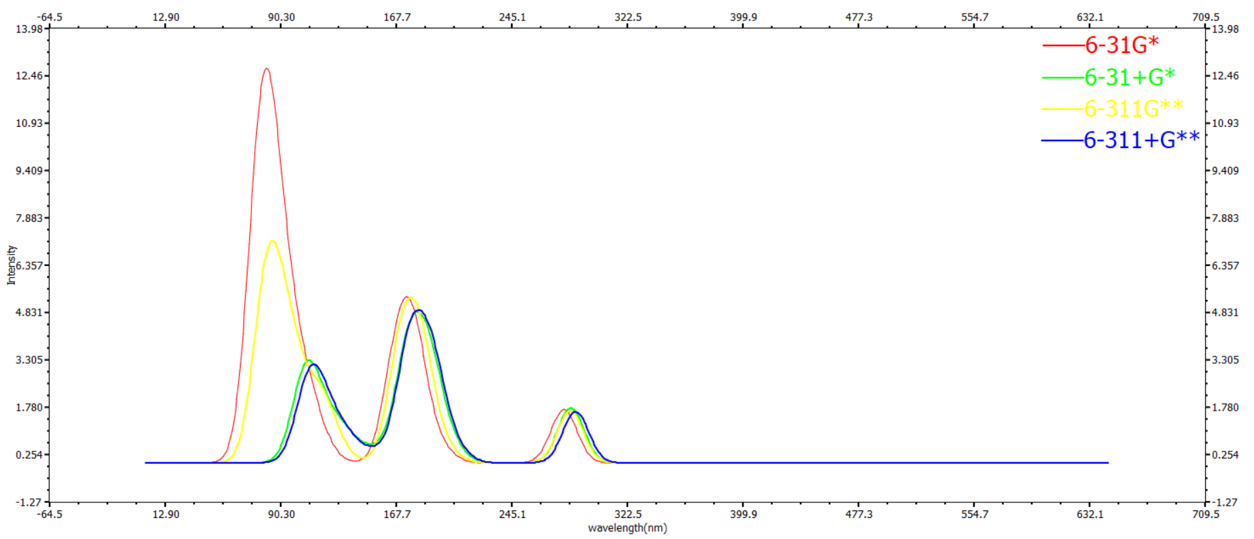
Recently, I conducted computations on coronene molecules with dehydrogenation at various sites and obtained their UV absorption spectra. Taking into account the absorption peaks and overall spectral line shapes, it appears that the dehydrogenation sites have minimal impact on the spectrum.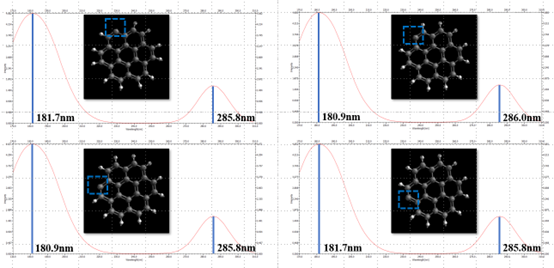
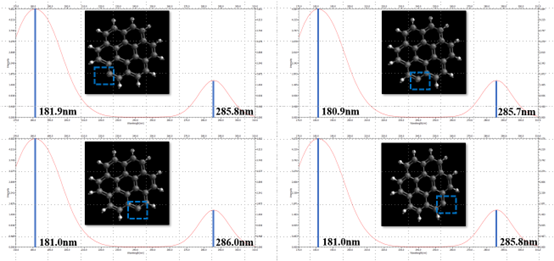
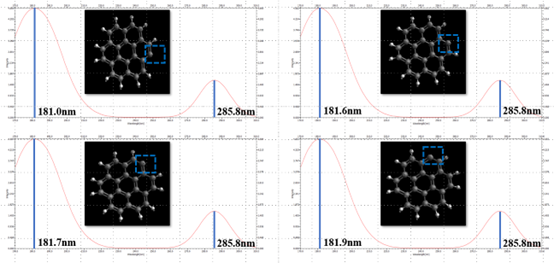
UV absorption spectrum
The position of the first peak falls within the range of 180.9-181.9 nm, while the second peak is located within the range of 285.7-286 nm.
When compared with the normal coronene, a blue-shift phenomenon is observed, accompanied by a reduction in intensity.
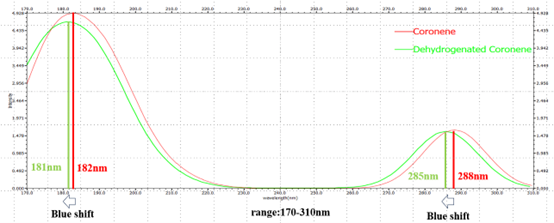
Spectrum Comparison
Calculation method: Initially, the DFT method is employed to perform an effective geometric optimization of the molecular structure.The DFT method is based on the Kohn-Sham equation and is resolved through an efficient self-consistent field (SCF) process utilizing an effective initial guess.
Kohn-Sham Equation
It represents a single-electron equation, indicating that for an n-electron system, there exist n such equations.

SCF Process
The commonly used B3LYP functional is chosen for the exchange-correlation part, while the 6-311+G** basis set is selected.
Subsequently, based on the optimized structure, frequency-dependent TD-DFT calculations are conducted (not real-time), employing the Davidson method to solve the Casida equation, thereby obtaining a series of isolated excited states.

Casida Equation
Ω express frequency. Then, Gaussian or Lorentzian functions are then employed to fit these states, and by adjusting the Full Width at Half Maximum (FWHM), the ideal spectra can be obtained.
